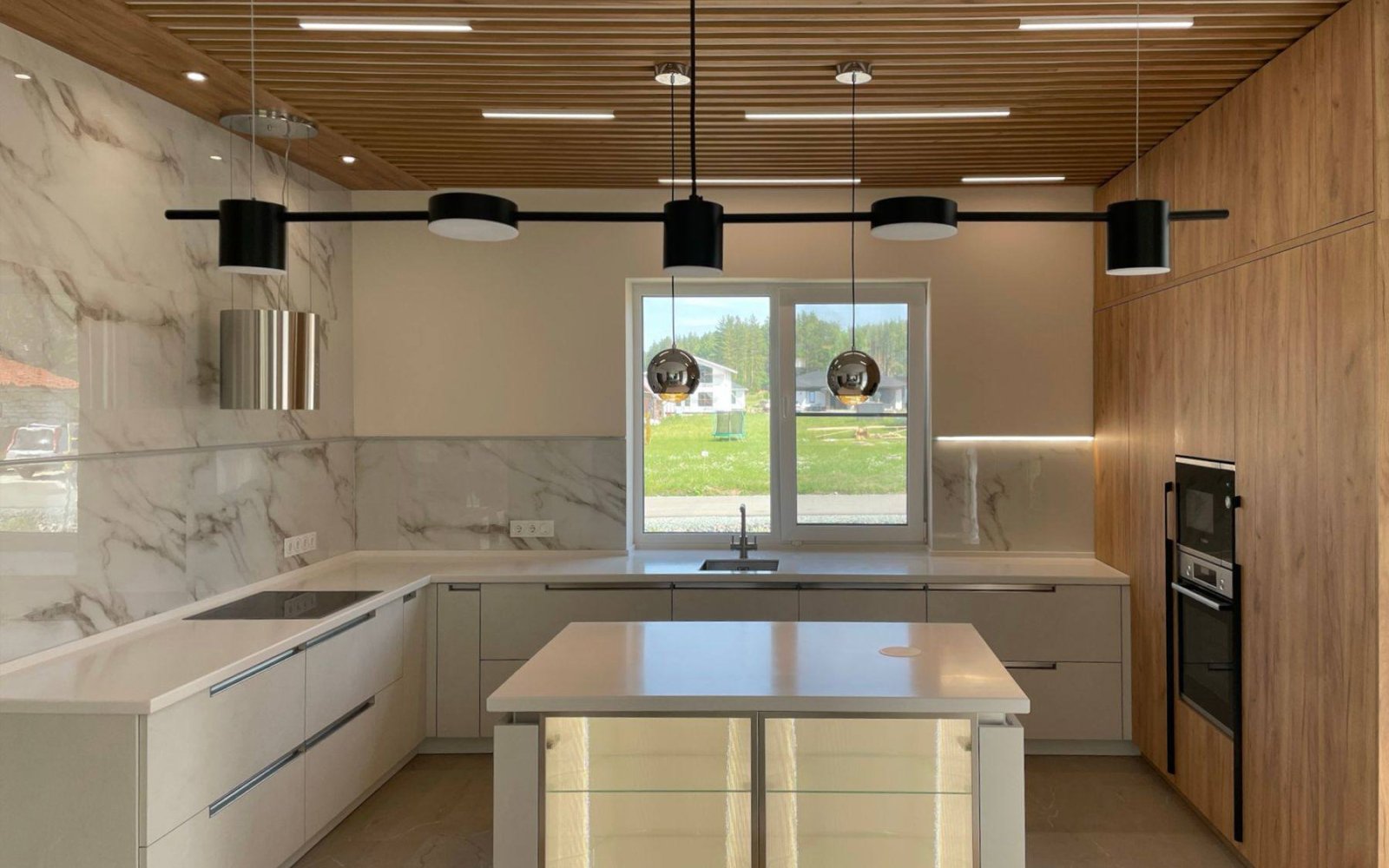
Culinary Spaces Redefined
Introduction to the New Culinary Landscape
The culinary world has long been a space where creativity meets tradition. However, recent years have seen a seismic shift, redefining what we consider to be culinary spaces. From farm-to-table movements to the rise of smart kitchens, culinary spaces are no longer confined to the four walls of a restaurant. This article explores the exciting transformations occurring in food preparation, presentation, and consumption.
The Integration of Technology in Kitchens
Smart technology has infiltrated the home and professional kitchen, radically changing how we approach cooking. With devices capable of precision cooking, remotely controlling our appliances, and even ordering groceries, the intersection of technology and culinary spaces is making the art of cooking more accessible and intuitive. This section will delve into the latest tech advancements that are simplifying and enhancing our culinary experiences.
Sustainability and Ethical Considerations
Sustainability is no longer a preference but a necessity, and culinary spaces are at the forefront of this movement. Chefs and homeowners alike are increasingly mindful of the environment, prioritizing locally sourced ingredients and reducing waste. Kitchens are being designed with eco-friendly materials and energy-efficient appliances, reflecting a collective commitment to ethical eating and sustainability in culinary practices.
The Emergence of Multipurpose Culinary Hubs
Today's culinary spaces serve multiple functions, blurring the lines between cooking, dining, and socializing. Modern design trends reflect this shift, as kitchens are integrated into living areas to create a seamless flow. These multipurpose hubs foster a sense of community and collaboration, whether it’s through open-concept layouts or communal cooking classes. This evolution is not just physical; it’s redefining our relationships with food and each other.
Experiential Dining and Presentation
Experiences are now as valuable as the meals themselves. Chefs are crafting immersive dining encounters that stimulate all the senses, not just taste. This has given rise to innovative presentation methods, interactive meal kits for home cooks, and pop-up dining events in unexpected locations. Culinary spaces have become stages for storytelling, where the ambiance and presentation are integral components of the dining experience.
Conclusion: The Future of Culinary Spaces
The redefinition of culinary spaces reflects a broader shift in society's approach to food and community. As we continue to prioritize sustainability, embrace technology, and yearn for meaningful experiences, our culinary spaces will evolve alongside our needs and values. The future holds a vision of culinary spaces as versatile, dynamic, and centered on more than just food—they are the heart of innovation and connection in our homes and communities.